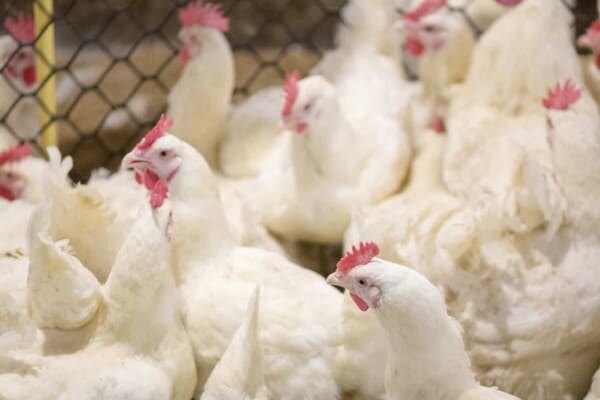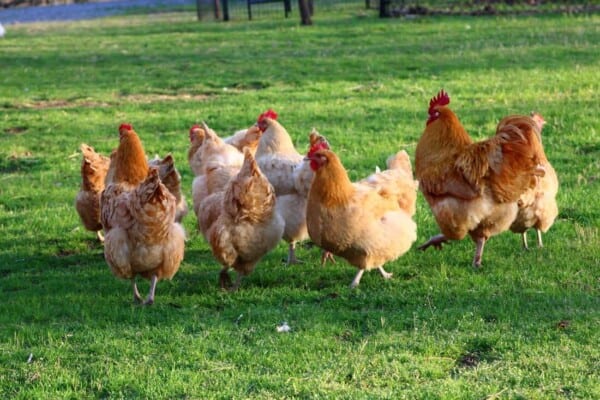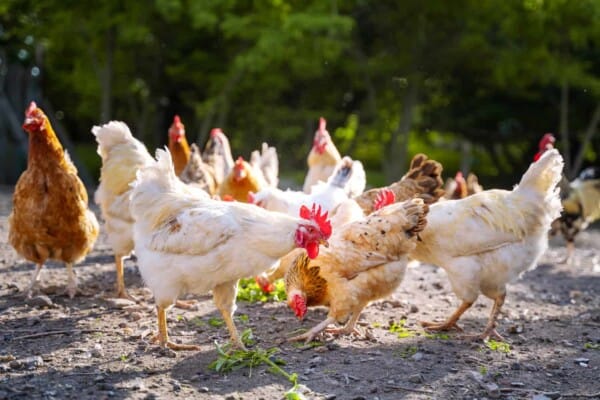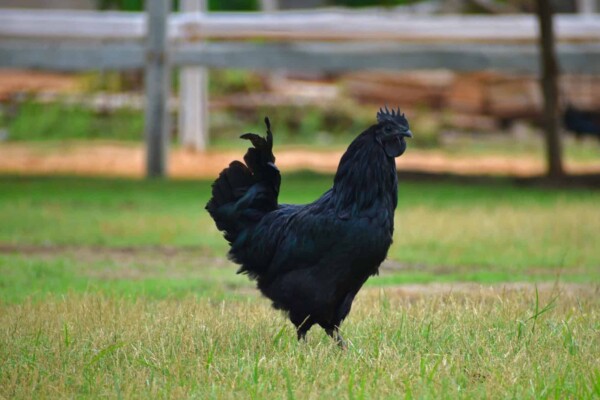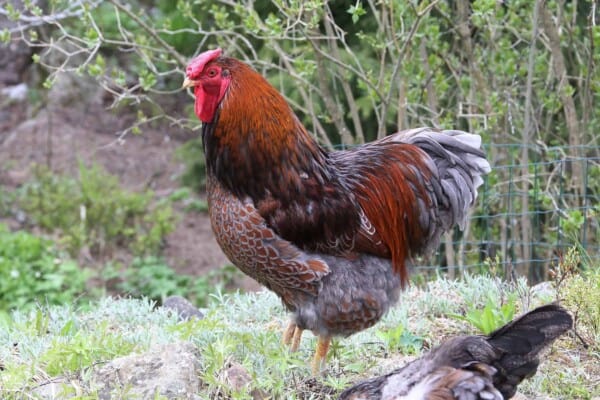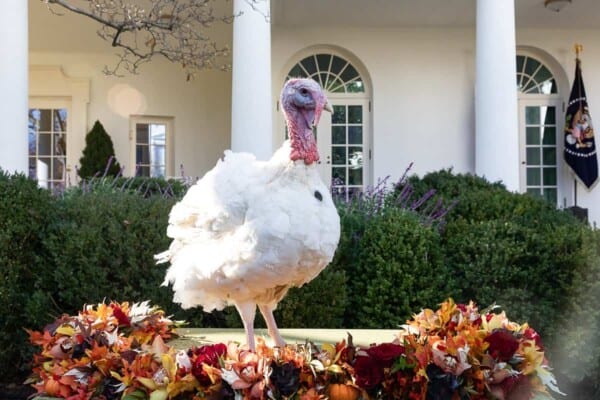There are plenty of amazing chicken breeds that you need to check out for yourself, but very few of them are as unique as the Marans chickens. This breed is known for its dark colored eggs, but what makes it even more popular amongst breeders is the fact that it is so rare to come by in the first place.
If you do want to get your hands on one though, you will need to know more than a handful of stuff about it so that you don’t end up mistreating it. So, in this article we decided to give you a brief rundown of everything you need to know about this breed to begin with.
But before we get into the specifics and of course, into what makes them special, let us first cover the interesting origins of the Marans so we can better understand why they are so unique.
Marans Chicken Origins

Marans come directly from the small town that shares their name, Marans, France. This breed was originally developed way back in the 1800s, when the locals decided to breed multiple game-type birds to see what can come out of it.
Because of this, it is largely unknown what combination of breeds was done to actually get to the Marans, although two likely contenders for this list are definitely the Langshans and the Faverolles since they share similar traits alongside also being some of the most popular French breeds at the time.
It should also be mentioned here that way back in the day, the only real reason as to why this breed was so sought after was the fact that it laid brown eggs. This was very unique to the breed, and on top of that, they also looked very special too.
Depending on which type of Marans you got, you could have gotten your hands on a chicken that had feathers all over its legs and feet which was very popular at the time.
Nowadays, we refer to this specific type as the French Marans, and as you can probably tell by now, it is also not the only type that can be found these days.
If your Marans chickens don’t have any feathers on their legs, you are dealing with English Marans, although you can also simply refer to these as the Marans since they’re so much more common than the French Marans.
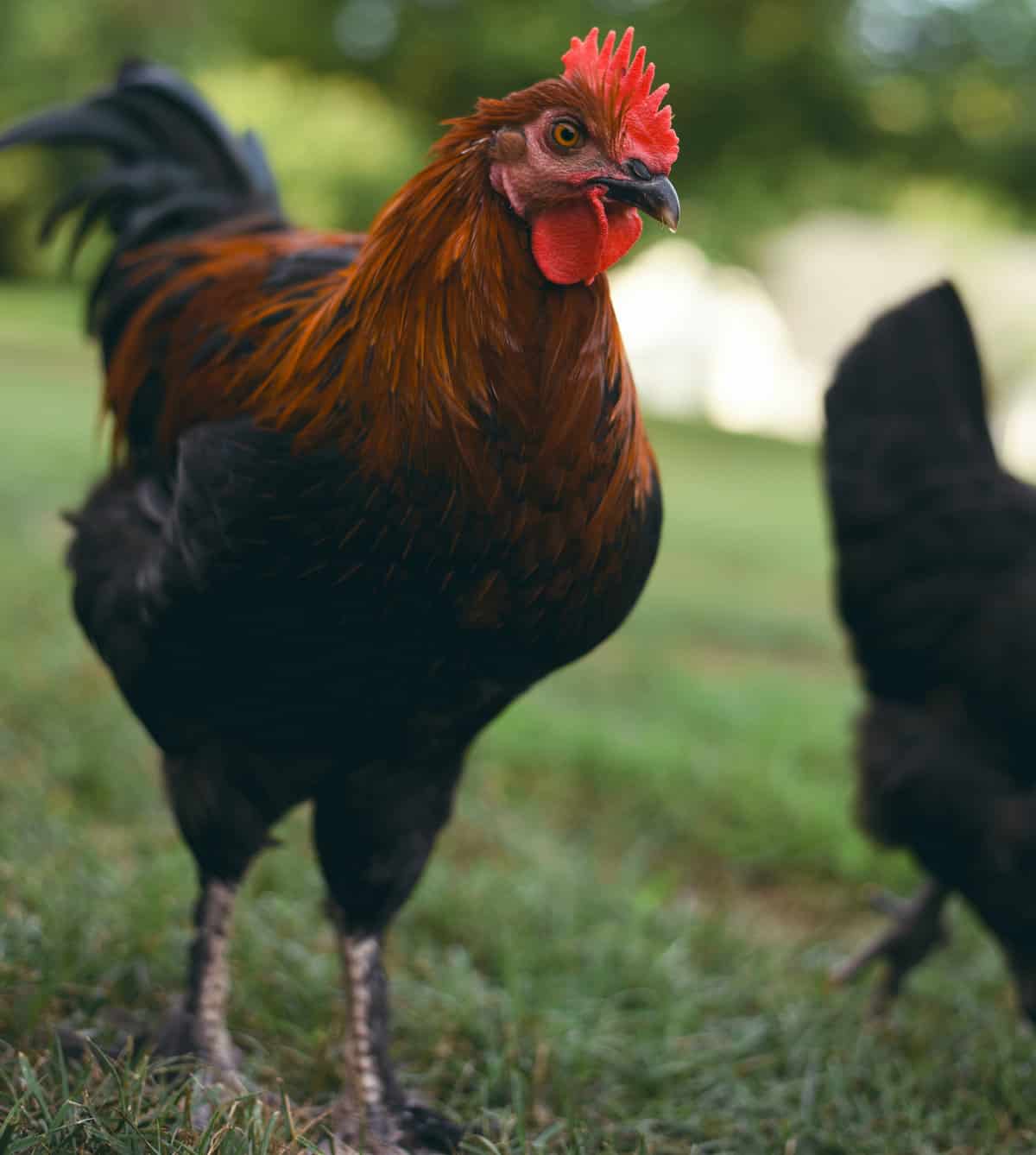
Interestingly enough though, the number of French Marans has been steadily increasing as of late, to the point where it is believed that there are more of them around than there are English Marans.
This is mostly due to the fact that the American Poultry Association decided that this was the more standardized type that they preferred, meaning that if you want to actually showcase your bird around you will need to go for a French Marans as opposed to an English Marans.
Back in the 50s, a bantam form of the breed was also developed, and while it is nowhere near as readily available as its other types, it can still be quite a joy to take care of if you want a smaller chicken around your farm or your household.
Here’s a quick tip if you want to purchase a Marans chicken or two though, always make sure that you pronounce the name right if there is any French person around. So, first and foremost, never use the singular version of Marans, aka never call a chicken “Maran”. Instead, always go with “Marans”.
Second of all, remember that the “s” is silent, so pronounce it more like “Muh-ran”. It can be quite difficult to get used to, but trust us, the locals will love you the moment you start pronouncing their chicken breed properly.
Marans’ Appearance
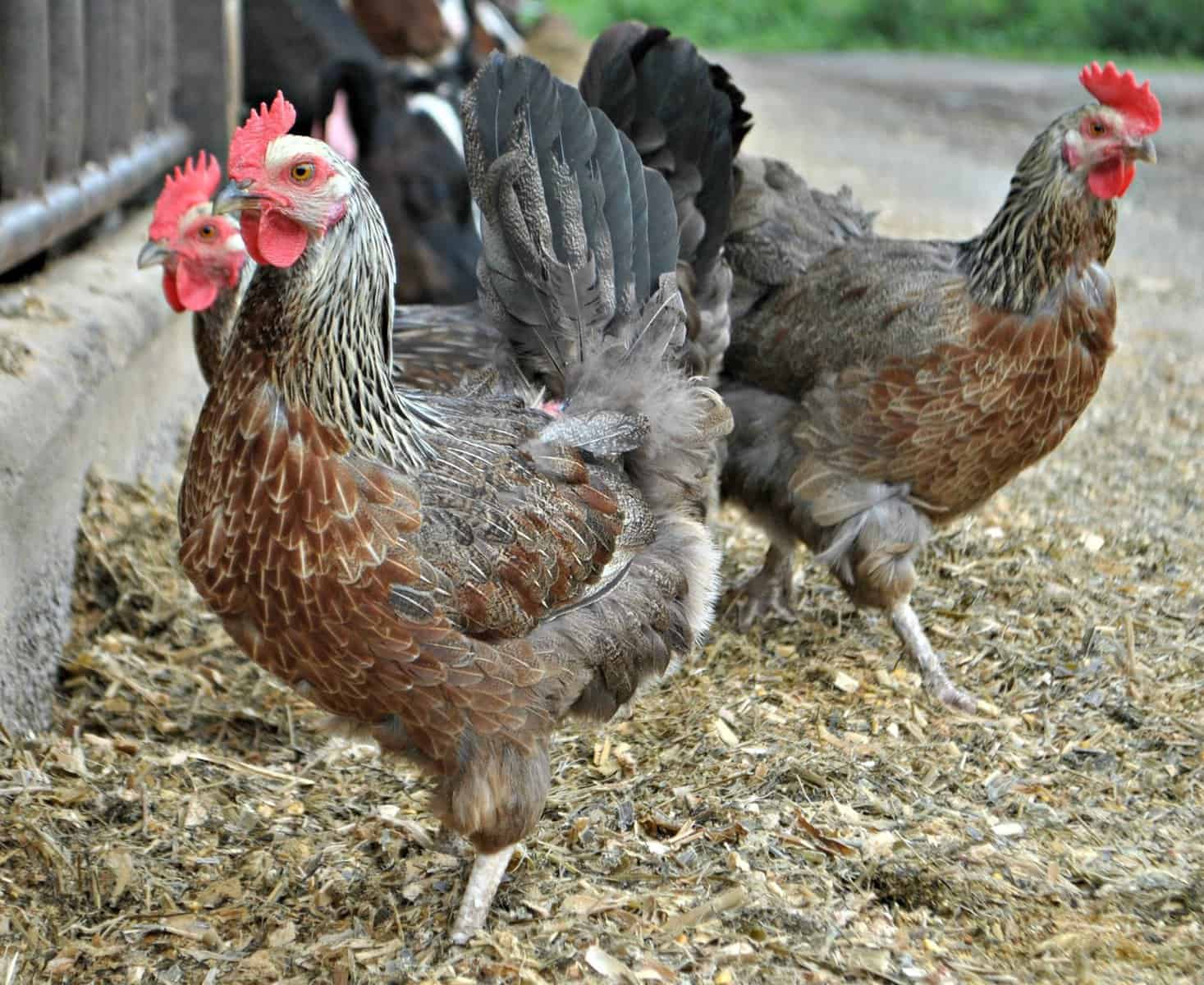
For the most part, regardless of the type that you actually go for, the Marans chicken should have a relatively muscly trapezoidal body. Most varieties will have a single comb, red earlobes and red wattles, and on top of that their eyes will always be orange colored.
Marans are also known for having very dense feathers which makes them extremely hardy during the coldest of winters, but it may also be a bit of a detriment for them during summer.
You will definitely need to go with feathered shanks if you live in a warmer country, but for the most part you shouldn’t have to worry about that all that much.
If you want to actually go to a competition with your Marans chicken you will need to prepare them based on the country that you wish to compete in.
For example, for the US and France, you can have them with feathered legs, although if you go to a UK or Australia based comp you will need to clean their legs up.
The roosters will be around 6.5 to 8.5lbs each and the hens shouldn’t be all that much heavier than 5.5 to 6.5lbs. Bantams are known for obviously weighing a lot less, with the average Bantam coming up at around 17.5 to 19.5oz for the roosters and 14 to 15.8oz for the hens.
Marans Chicken Varieties
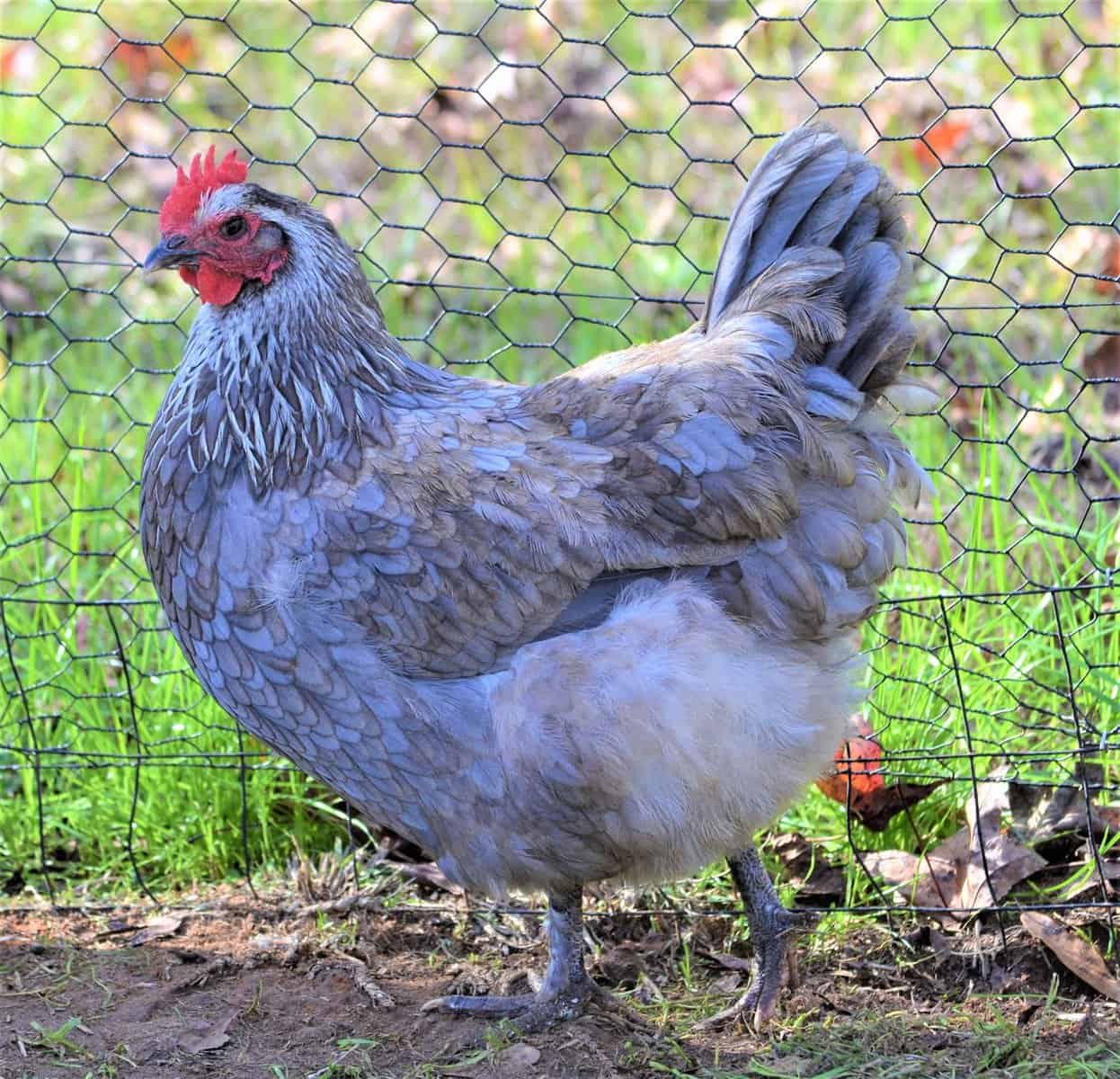
When it comes to talking about different varieties, it’s no simple feat because depending on which country you live in, the accepted types are always going to vary.
But since this is a French breed after all, we will talk about the nine main approved varieties that the locals there consider to be official, and they are the following:
- The Birchen Variety (pictured above) – This type is known for having a solid body with silvery white feathers over its head and neck. You can also get your hands on both black and blue birchen varieties, although we highly doubt you’ll do that since they are very rare and they cost about $50 each.
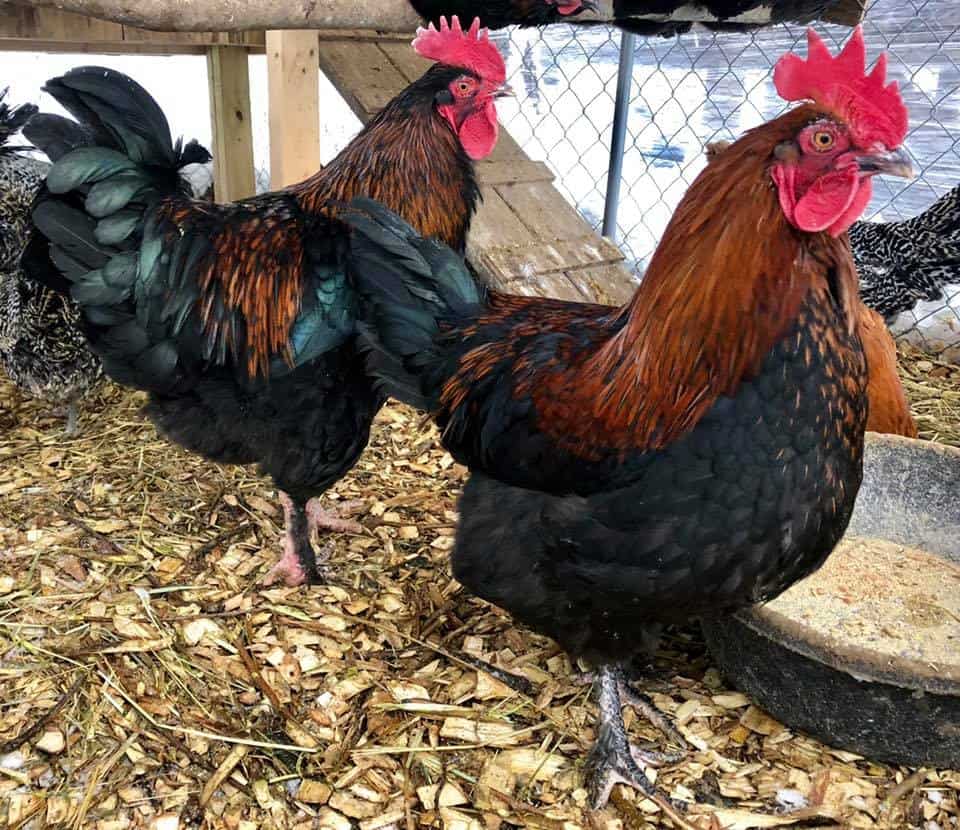
- The Black Variety – This variety is, as the name implies, all black. It is quite hard to come by, although you can also opt for a more colorful variety of this type such as the Black Copper Marans which is a bit more readily available.

- The Black Tailed Buff Variety – This type can be easily recognized by its buff color which spreads all across their bodies, with only their tails being black

- The Black Copper Variety – This is commonly referred to as the most majestic variety, especially so in their full plumage. They have, as their name implies, copper-colored hackles and saddle feathers while also retaining their black base color.
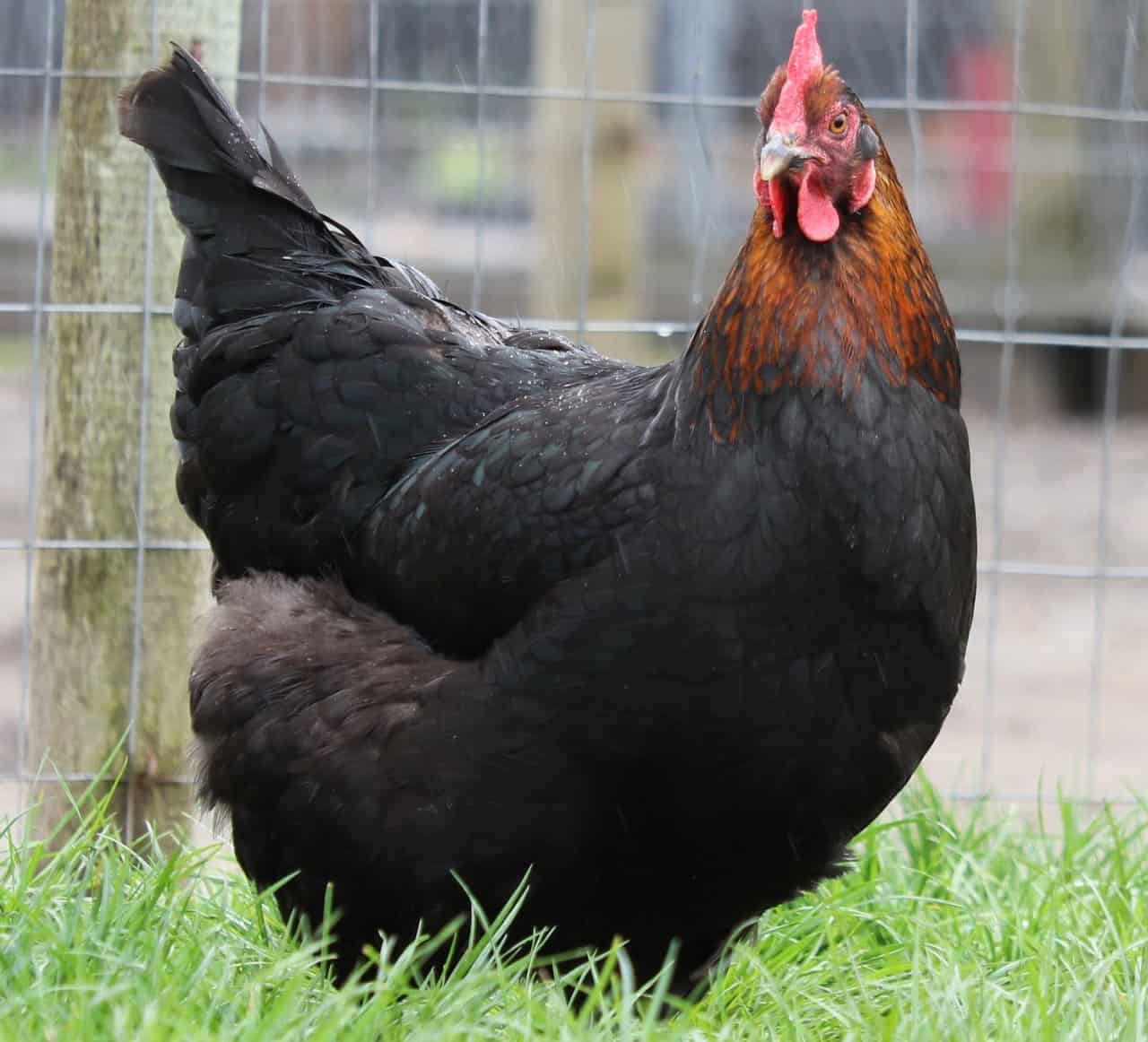
- The Columbian Variety – This is one of the oldest varieties you will ever find, as it originally came about around 1931 or so. It is also one of the rarest types you will ever see. You can tell if you’re dealing with a Columbian variety based on the white patterns on its plumage.

- The Cuckoo Variety – This is actually one of the most popular varieties you will ever come across. It is very similar in look to a Dominique, and although its main color is still black, it does have a lighter colored plumage.
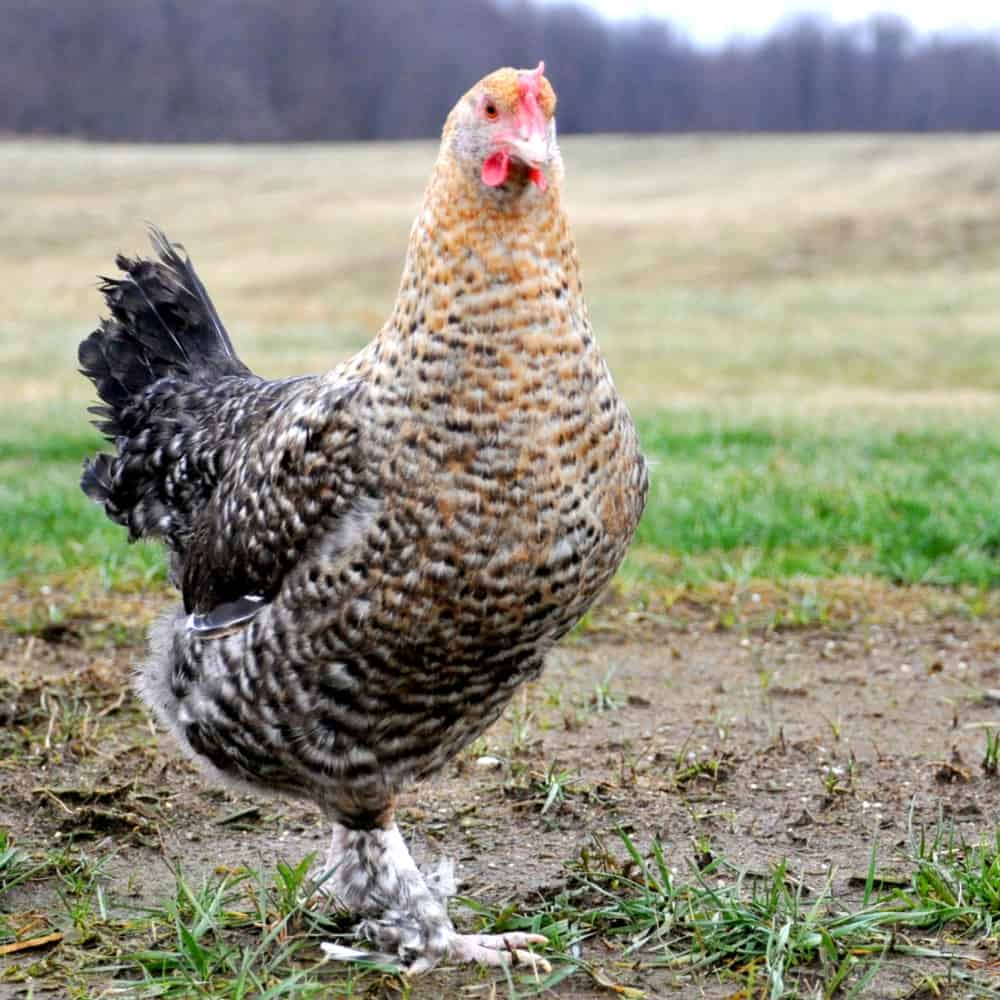
- The Golden Cuckoo Variety – While this variety is still very similar to the Cuckoo type, it should be mentioned that the color of the bars is very different, with it usually being very yellow to reddish. As you can expect, this is usually the most expensive type to go for.
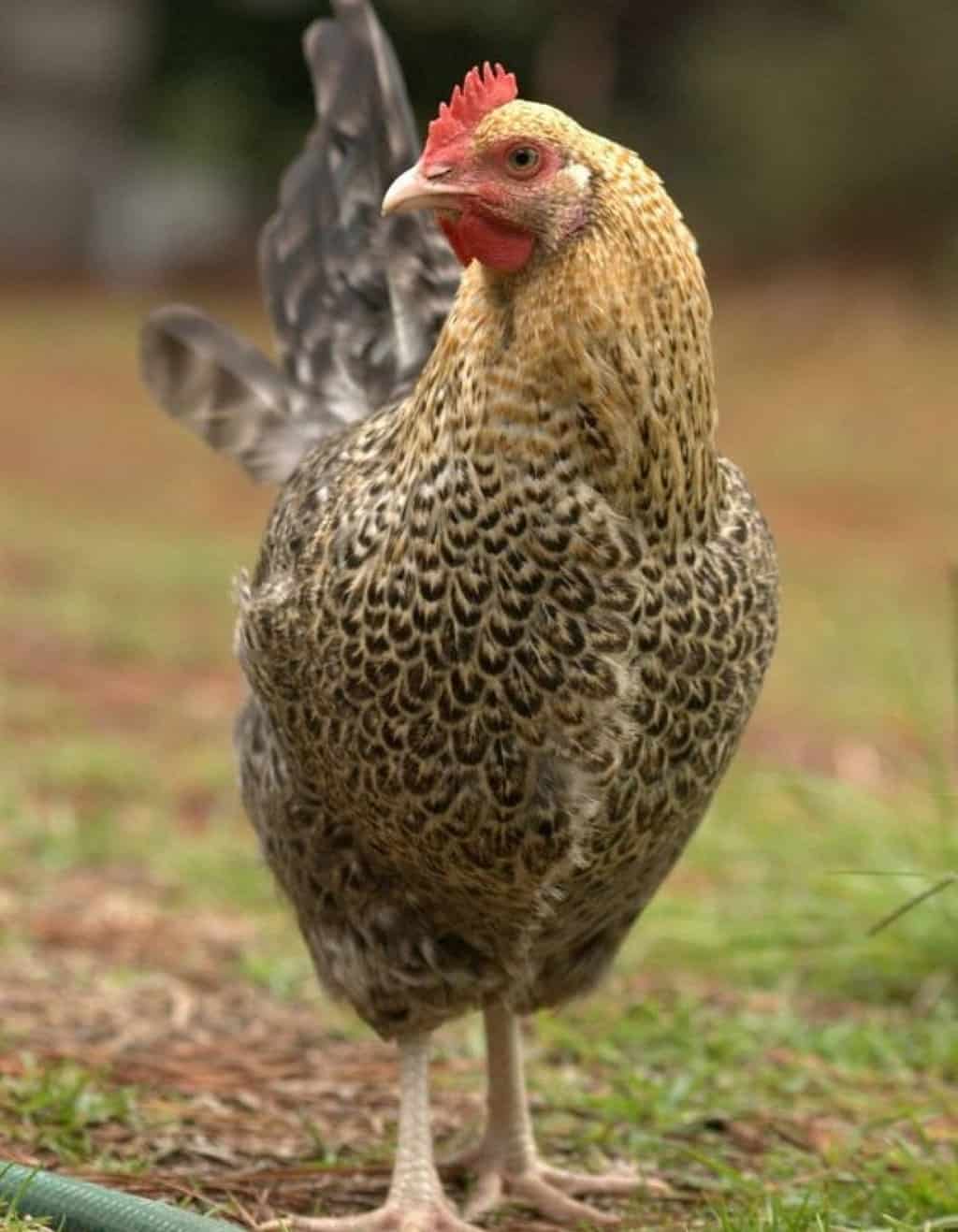
- The Wheaten Variety – Interestingly enough, while the hens of this type are lighter honey colored with darker heads, the roosters are very different, as they look more like the black copper variety than anything else.
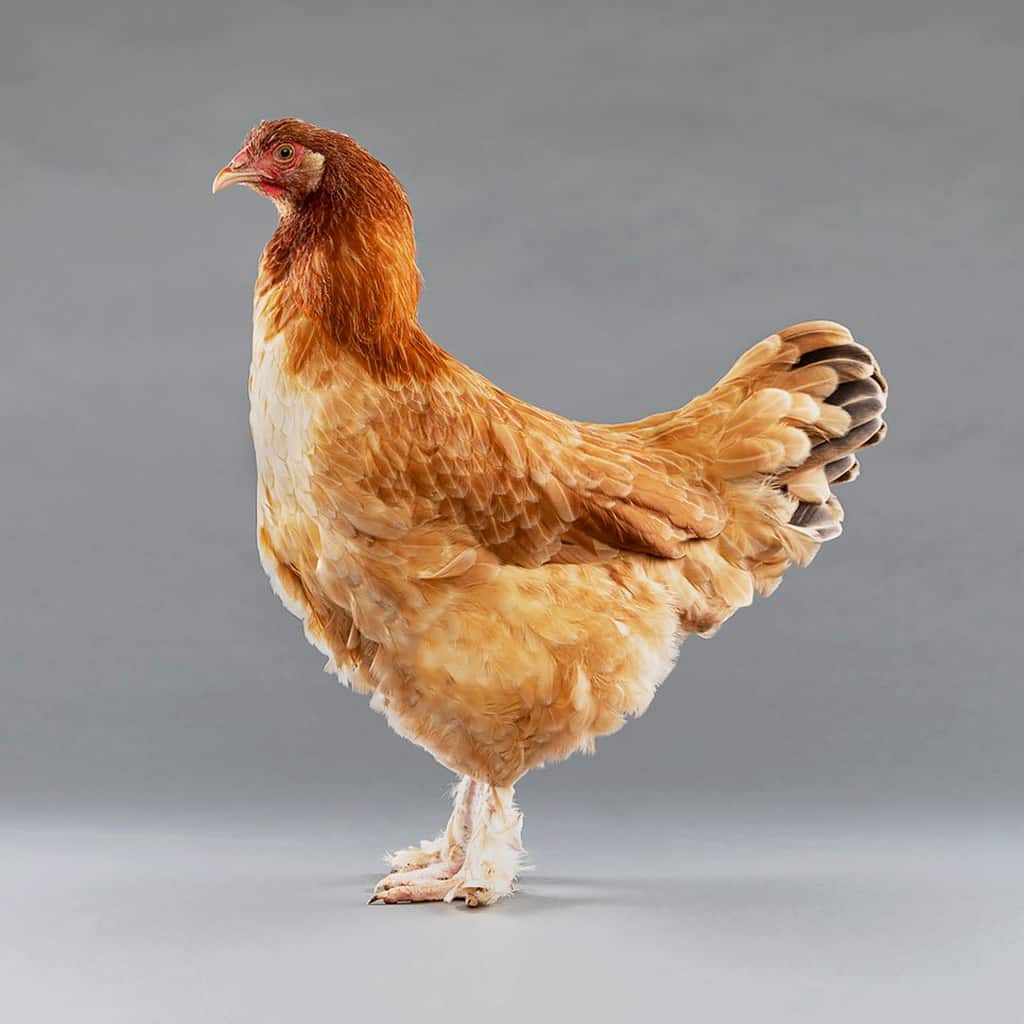
- The White Variety – Last but not least we have the white variety, which is also one of the oldest types you will ever come across. They have pure white feathers that immediately stand out, and for the most part you will be able to get your hands on one for about $15 each or so.
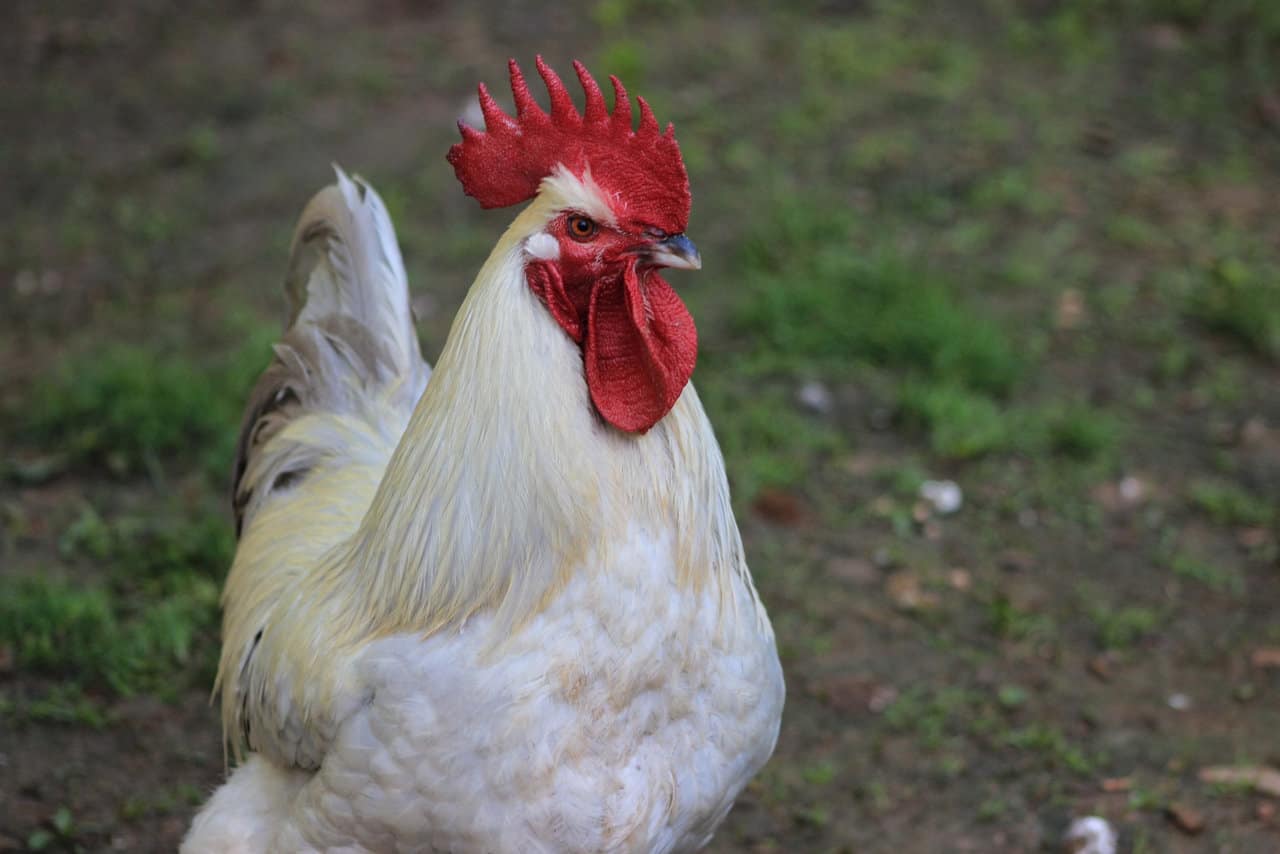
As far as the American Poultry Association is concerned though, for the most part you will only be allowed with the black, white, black copper and wheaten varieties in any competition whatsoever.
How Much Do Marans Chickens Cost?
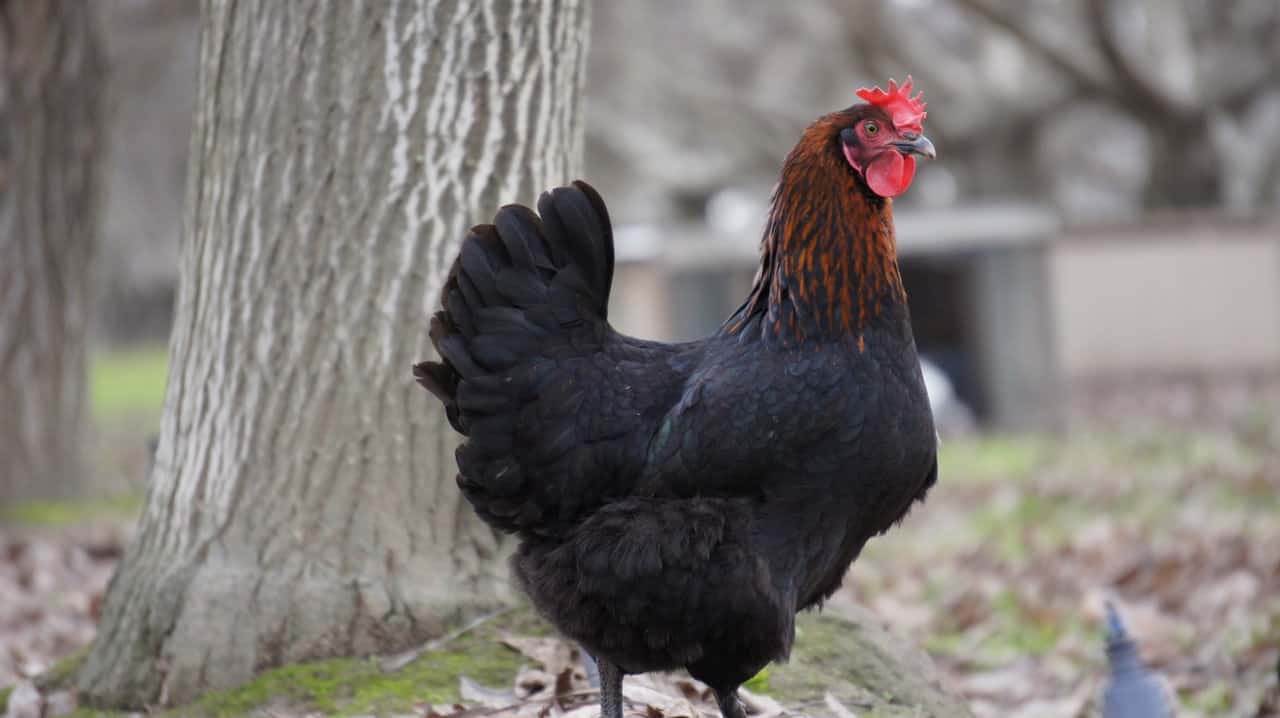
For the most part, you will definitely need to hash out quite a large portion of your budget to get yourself a fairly big coop of Marans because of how rare they are.
Depending on their egg color, their egg quality and of course, their heritage, the prices can also range tremendously, so always make sure that the breeder you get your chickens from is trustworthy enough on this part.
If you do want a Marans chicken just for hatching eggs, you will need about $3 or so per chicken, although if you want hatchery-quality chicks that price will increase steadily to $5.50.
If you want your hen to be able to lay then you will need to hash out as much as $70 per chicken. Just keep in mind that even that high price tag will skyrocket if you want the chicken to be able to lay dark brown eggs.
You can expect these special chickens to cost about twice as much, meaning that you will want to save up around $140 to $200 per Marans chicken at that point.
This is why they are so hard to come by, as they are very expensive and quite honestly, a lot of farmers believe that they’re not worth the investment in the first place.
Typical Behavior and Temperament

Luckily, the Marans are also exceptional when it comes to how fast they grow. On top of that, they are capable of surviving in most climates out there, although, as mentioned previously, they are quite a bit biased towards colder temperatures due to their heavily stacked plumage.
They are also very resistant to a lot of diseases, making them very reliable to say the least. Let’s not also forget about the fact that, while they are very tough and hardy, they are also very friendly and docile.
Neither the females nor the males are known for being all that aggressive, although you should make sure that they have plenty of space to run around in so that they don’t end up getting a bit too frisky because of how close they are to one another.
They do better than most other chickens in confinement, but they are also quite energetic so we always recommend giving them a good and large space to run around in every day.
Marans Egg Production
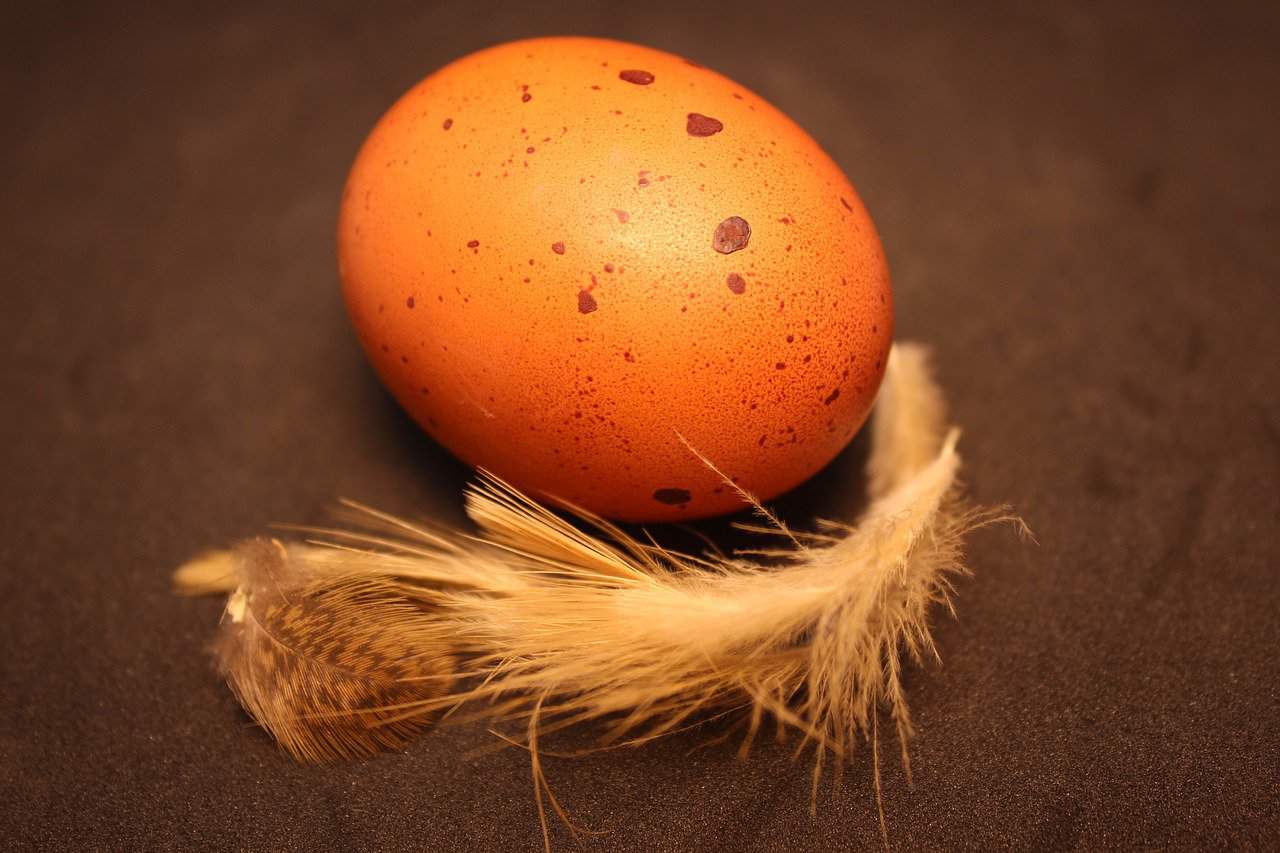
Marans are mostly known for three main things, and they are the following: Their brown eggs, their black colored bodies and of course, the broodiness of the hens.
These attributes make the Marans chickens quite sought after, as long as you have the wallet to actually pay for one or two of them yourself.
As mentioned previously, the hens are known for being very good mothers, and interestingly enough, the Marans hen can produce as many as 150 to 200 eggs every year, making it an excellent broody breed to have around your farm.
If you want your Marans chickens to actually produce dark colored eggs, you will have to hold your horses a bit here as they will need to produce a lot less eggs overall in order to give them the necessary pigmentation that you’re looking for.
As far as the overall size is concerned, the Marans chickens’ eggs are known for being medium-sized, and for the most part, you can expect as many as four eggs per week from them.
Noise Levels
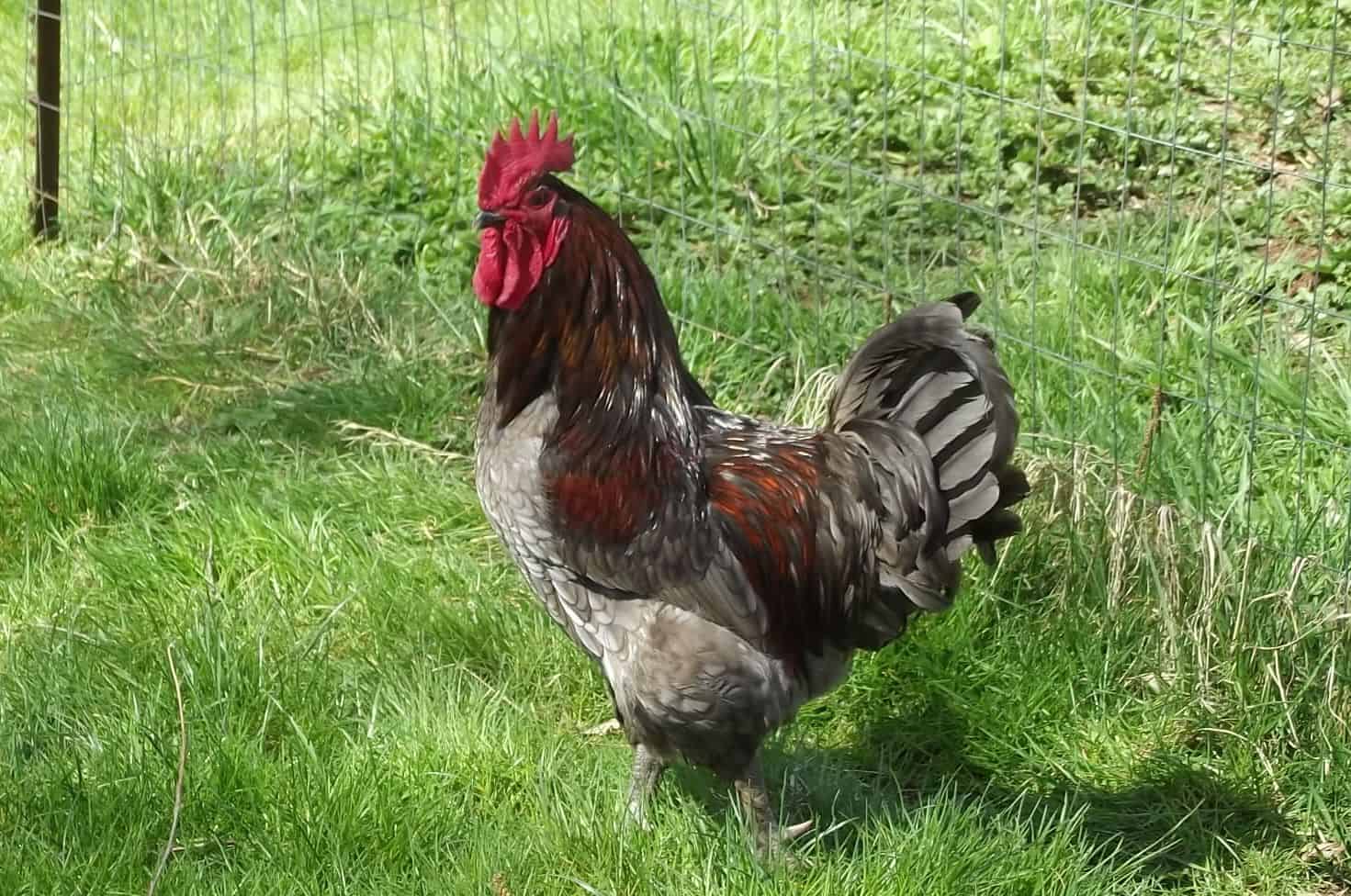
If you happen to live in a busy city that isn’t particularly fond of hearing random cooing and pecking noises at 3 AM you may think that getting a chicken is a bad idea, but luckily the Marans are known for being relatively quiet most of the time.
As long as they are not stressed out you should be able to get your hands on one and not have too much trouble keeping them silent in your garden.
You will definitely still hear them coo the egg song every now and then and of course, the roosters will crow as soon as the day begins no matter what, but other than that they are pretty much perfect for urban living conditions.
Feeding
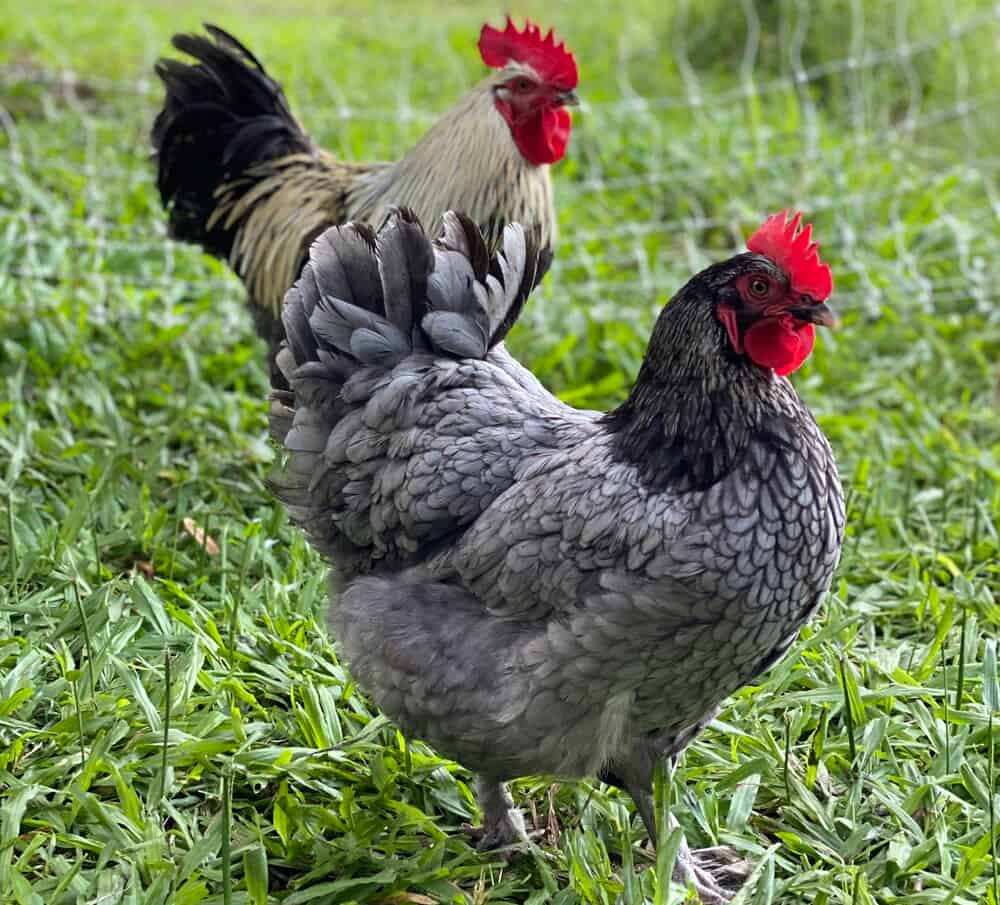
As you can expect from most quality chicken breeds out there, if you want them to actually thrive you will want to invest in their food source a lot more than you would with most other breeds out there.
For the most part you should opt for about 20-24% protein chick crumble. The reason as to why their protein intake is so high is because they grow very quickly as chicks.
We recommend that you continue on with this diet until they are about 16 weeks old. Around this point you should be able to go with a 16% layer feed instead.
If they do not respond well to the lower protein dosage, we recommend you increase back to 20% and keep it there for a while.
You can also invest in a separate container of calcium if they need it. For the most part though, you shouldn’t worry too much about supplements with them, because they are fairly healthy birds.
Marans Chickens Advantages and Disadvantages

Here is a quick little rundown of every reason as to why you should and shouldn’t get yourself a Marans chicken today.
First and foremost, you may want to stay far away from this breed if you can’t afford the egregious price tag per chick. While we would usually say that they are worth the investment, we can’t really say that paying $150 per chicken is justified.
But, if you want an absolutely beautiful chicken that also makes gorgeous chocolate eggs, you can’t get any better deal than with a Marans chicken. At the same time, Marans chickens are very hardy, and they can pretty much survive through most environments no matter what.
Sadly though, because of their high price, very few breeders are willing to invest into them, instead opting to grow more affordable breeds that sell quicker. So, actually getting your hands on a Marans chicken will definitely be harder than you think.
Lastly, they are very friendly and they are very prone to being carried around and petted on the head. They get easily attached to their owners and are willing to follow you around the whole coop when you come over to visit them.
They are also very quiet, although they do require an extra bit of investment as far as their protein intake is concerned if you want them to look their best for the competitions.
Conclusion
So, should you get yourself a Marans chicken? Honestly if you can handle the price tag and you can actually find a reputable breeder that sells one, why not go for it?
Owning a Marans chicken is always nice because you get to brag about owning a chicken breed that no one else has, and on top of that, you can also get a few as mascots for your farmhouse because of how beautiful and unique they really are.


